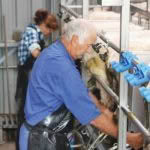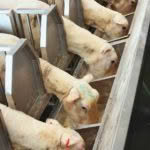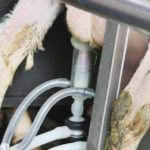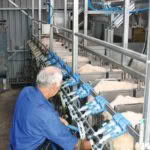How to be a very small dairy farmer (no cows required): Why sheep are the perfect livestock for this small Northland farm
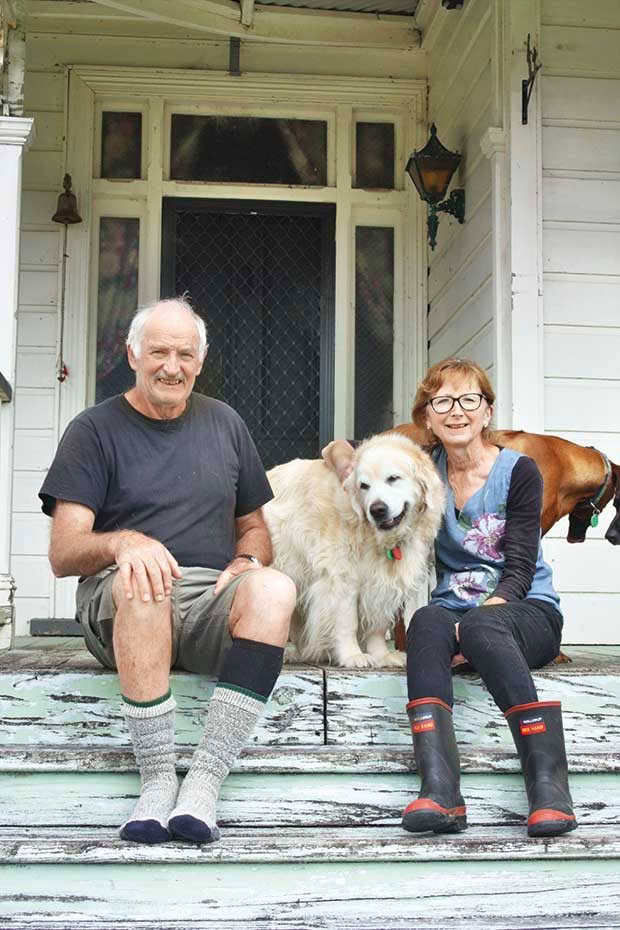
Their small farm and its small livestock are the perfect size for a Northland dairy farming couple.
Words: Nadene Hall
Who: Rod Clarke & Cathy Oakley
What: Winsam Farm
Land: 26ha (65 acres) plus 5.6ha leased (14 acres)
Where: Okaihau, 90km north-east of Whangarei
Web: Just ewe – Winsam farm
Cathy Oakley’s dream was to have a milking goat herd. But there was a problem.
“I sampled the goat milk,” says her husband, Rod Clarke. “And you can keep your bloody goat milk.”
“He’s not a fan of goats,” laughs Cathy. “I must admit, the goats’ milk, I found it was nice as milk, but if I put it on cereal, it tasted awful. It did remind me of billies.”
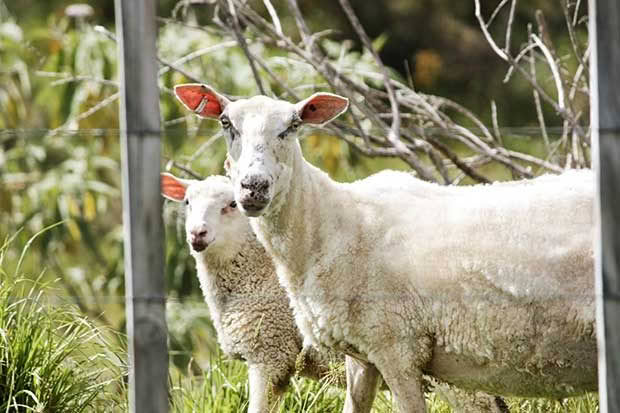
Sheep milk was much more to their taste, says Cathy. “The milk is so completely different, it’s that much creamier.”
The sheep have other benefits. They suit the Northland climate, and can freely graze on pasture (dairy goats typically live in barns and have pasture brought to them).
The numbers they need are far lower, around 150 in milk vs 400-500 goats. There is the added advantage of selling unwanted animals for meat.
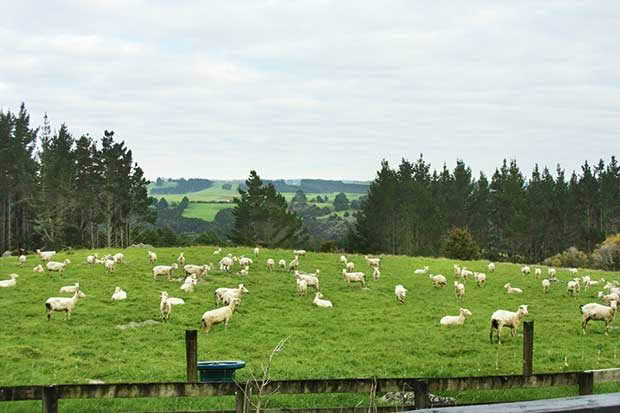
The sheep suit the Northland climate, can freely graze on pasture, and the couple only needs to milk 150, versus 400-500 goats.
“And it’s twice the milk solids of goats’ milk so, you’re getting better value for money,” says Rod.
The couple lives about 10 minutes from Kerikeri. A small group of Cathy’s beloved Anglo-Nubian goats are segregated in the first paddock as you drive down the hill onto the farm.
But the stars are the long-legged East Friesian ewes who, early in the morning, are keeping one eye on the gate that leads to the milking shed. When Rod ambles up at 8am, most of the girls have already jostled themselves into position, ready to run down the race to the milking shed.
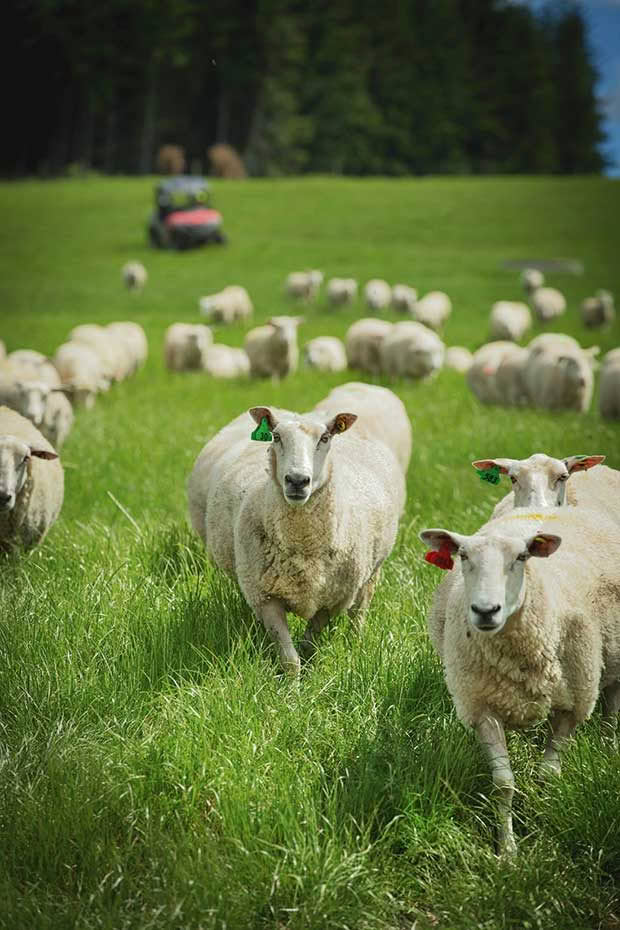
The couple started with Border Leicester-East Friesian crosses, but now run an East Friesian stud.
The couple’s first milking set-up was an old, small, goat milking unit that sat in the hay barn and ran off a portable generator. When Rod and Cathy scaled up their current flock to 100-150 ewes in milk (it fluctuates depending on the time of year), Rod bought and installed a unit that makes milking an easy one- or two-person job.
The sheep walk up onto a platform, 16 at a time. As the first ewe gets to the end, she knocks a little gate open to ‘her’ milking bay, which in turn opens a gate for the next ewe’s bay and so on down the line.
The girls barely notice Rod as he places cups on their teats – two, not four, as with cows. They have their heads down, munching on a delicious grain feed from bins at the front.
It takes just over an hour to milk the 104 ewes in production on this day, about 10 minutes per group. It’s a two-part process. There’s the initial milk that the sheep let down, then a second lot which they naturally ‘hold’, as they would if they were feeding a lamb throughout the day.
To encourage them to release the milk, Rod gives each udder a gentle massage as he works. Unlike dairy cows, where cups fall off automatically, he removes them to make sure he gets all the milk.
“That’s why people thinking about doing auto take-off (where cups fall off after a set period) are going to be selling themselves short because it will take the cups off long before they’re finished – this is all done manually.”
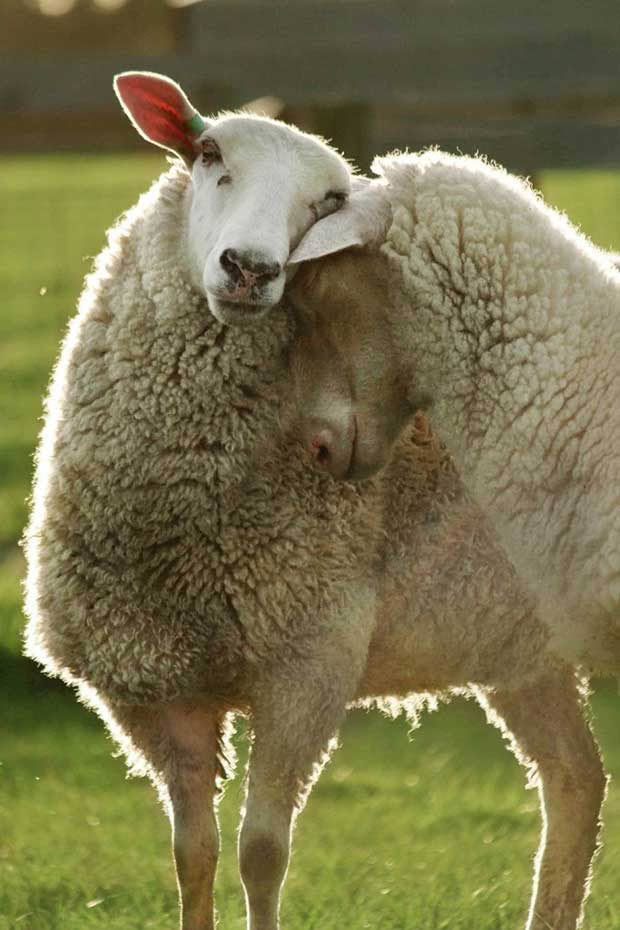
Once it’s all over, the feed bins automatically lift up, and the ewes are free to walk out into the race.
The amount of milk per ewe varies widely. It’s different from large commercial flocks, says Rod, because he and Cathy choose to milk once a day.
“At the moment we’re doing – across the whole flock – about two-thirds of a litre per ewe, but some ewes are probably giving 1.5 litres, and others are giving us a quarter of a litre.”
There’s no denying the quality of the milk. It’s the essential aspect to making a great-tasting cheese, says Cathy. The champion cheesemaker is very modest, but says one important factor is the milk’s terroir*, based on the farm’s rich volcanic soil and mix of pasture plants.

“There’s grass, but our pasture is predominantly plantain,” says Rod. “Then I planted a couple of paddocks with chicory, and I’m going to be doing that with more paddocks. When we put them (on the chicory) for the first time, milk production jumped 25 percent immediately.”
The farm runs similarly to a cow-based dairy, with sheep moved onto new pasture every day or so. This means the flock is always eating good quality pasture. There’s also no need to drench. That’s important because the sheep can’t be milked if they are drenched due to withholding periods.
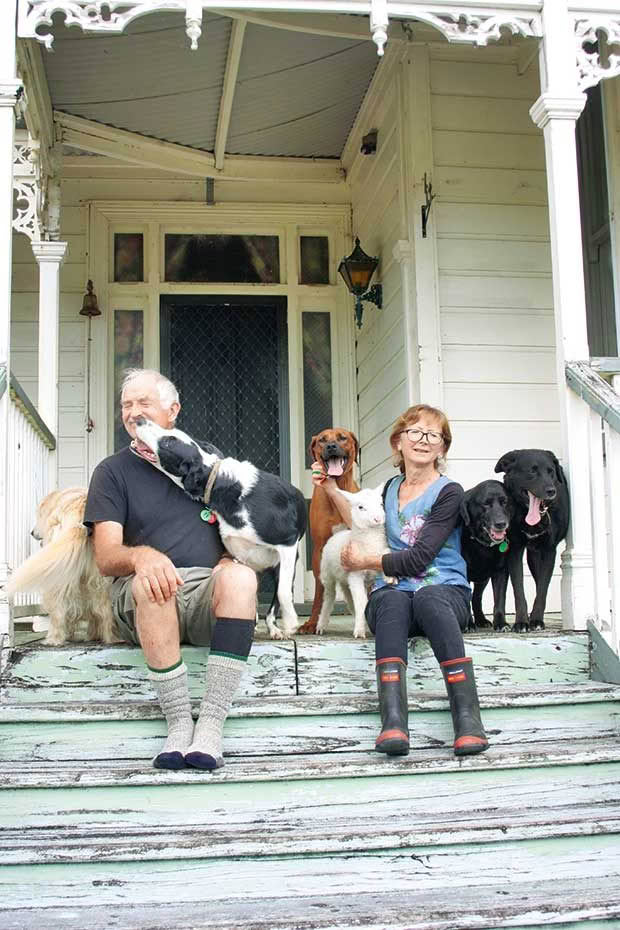
Winsam Farm is named for the couple’s two dogs they brought with them when they moved from Canada to NZ. Rhodesian ridgeback Winston and German shepherd Samara are gone now, but dogs are still an important part of the couple’s family. Missy (golden retriever and lamb babysitter); Wal, (non-working-desperate-to-work border collie); Ruby (Rhodesian ridgeback, “our quite big baby, she’s one”); Tina (black Labrador); Meg (Huntaway-cross).
Paddocks vary in size from 0.3ha (¾ acre) to 0.8ha (2 acres). This works well says Rod, so long as the ewes are there for just a day or two. “They start to object, and production drops if it’s longer.”
One big difference from other commercial sheep milk farmers is the way Rod and Cathy manage lambing, which starts in late July-early August. Newborn lambs stay on their mums for eight weeks, unlike most other farms where the lambs are removed after two days.
“Because there’s only the two of us, if we were to take lambs off and milk the mums right away, we’d be hand-rearing 200 odd lambs, and we just can’t do that,” says Rod. “The other way would be to share milk (with the lambs), but the trouble is then you’ve got to bring all the animals through the shed and separate the lambs every day.”
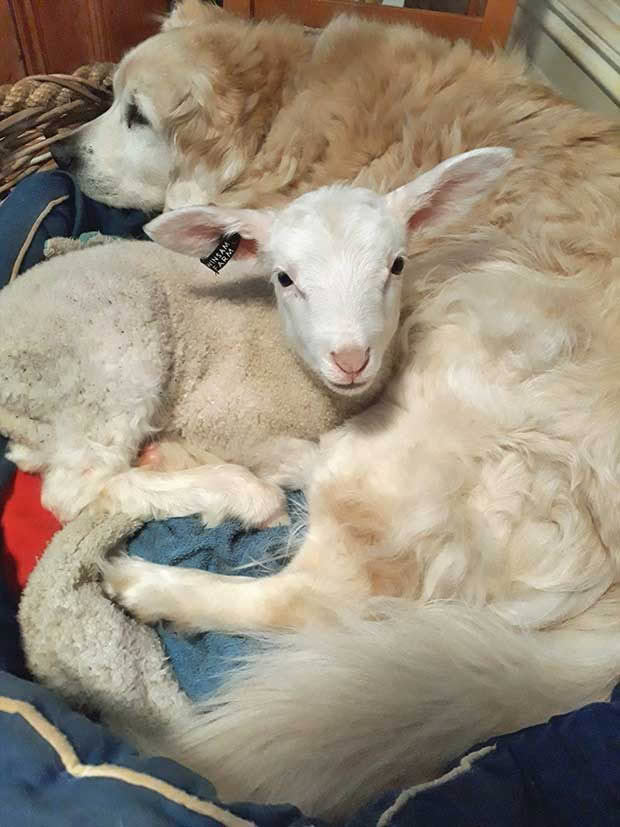
“It’s easier to do it the way we do it,” says Cathy. “We leave them for eight weeks and hopefully get nice robust lambs because they’ve been on their mums.”
There are management choices they could make to get higher production and income, says Rod, but that’s not why he and Cathy are farming.
“On a lot of farms, it’s all about production, production, production. We would get a lot more milk if we started milking immediately after they lambed. We’d get a lot more if we milked twice a day, but for the amount that we’re doing, it’s not worth it.
If they could do it all again, Rod says he wouldn’t hesitate.
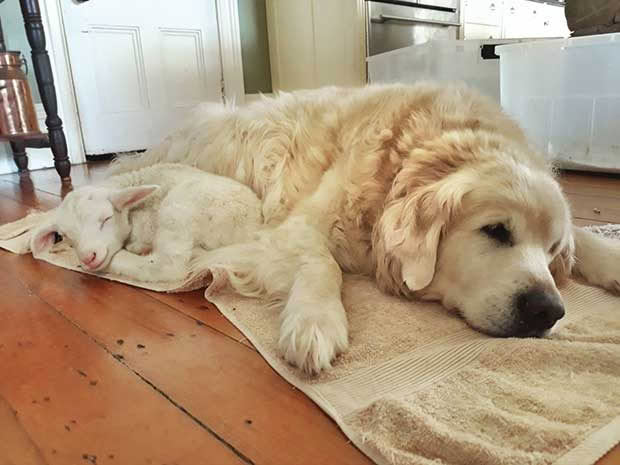
“Other than starting out 10 or 20 years sooner, no, I wouldn’t do anything differently. Except maybe being in an area much closer to the markets. But then we didn’t come up here to do what we are now doing, it just grew out of the wonderful cheese Cathy made.
“It’s reasonably relaxing, and we really enjoy milking the girls. What we’re doing is a lifestyle. We’re happy with the lifestyle.”
WHAT IS TERROIR?
Pronounced: ‘tear-wah’
The characteristic taste and flavour imparted to something by the environment in which it is produced, such as climate and soil. Usually mentioned in regards to wine.
ROD & CATHY’S TIPS
• Choose the products you make carefully, and be sure you have a market for them.
• Are you going to be a commercial cheesemaker? Commercial operations must be MPI-registered and audited, which can be quite costly. Check the regulations before you start.
• If you can, make and sell short shelf-life products which give quick cashflow (eg, feta, halloumi). “We opted for hard cheese because we aren’t into marketing, and we knew it would give us plenty of time (while the cheeses matured) to establish markets. But that all costs money maintaining the cheeses in controlled temperatures for upward of two years.”
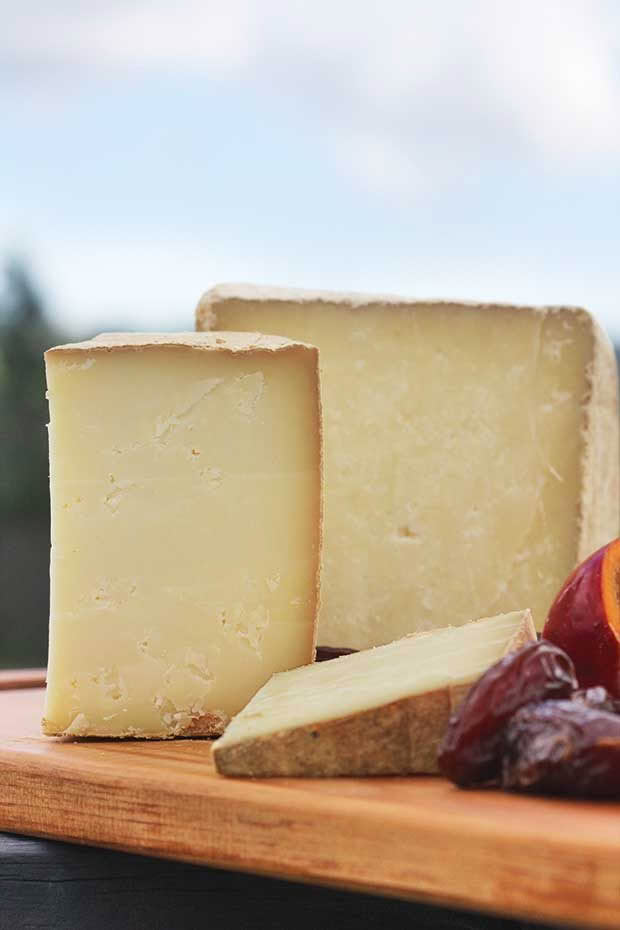
Cathy says the secret to her award-winning cheeses is the milk.
• You don’t have to get caught up in the hype of what Rod calls “all the fancy, over-priced genetics.”
“If necessary, take the slow and steady route by buying a good quality ram from a milking breed. Put him over selected good conformation and uddered ewes of a number of breeds already here in NZ: Border Leicester, Polled Dorset or Cheviot are preferred (we started with Border Leicester) and keep selecting the progeny from the best milkers.”
• Plant pasture with plenty of the ‘milk makers’, chicory and plantain.
Love this story? Subscribe now!
 This article first appeared in NZ Lifestyle Block Magazine.
This article first appeared in NZ Lifestyle Block Magazine.
